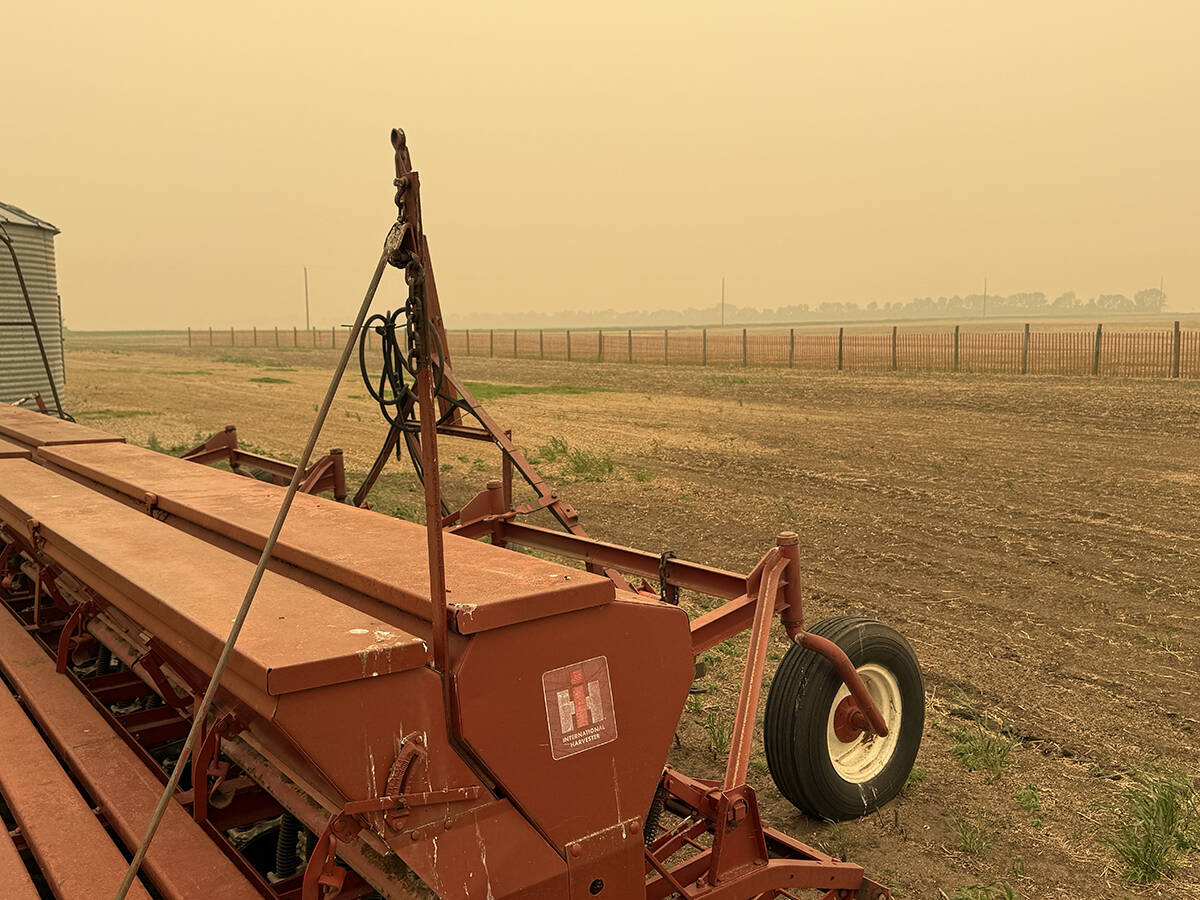Local meat processors in Manitoba are calling for governments to be clear on what standards they want abattoirs to meet.
The Manitoba Meat Processors Association wants a consistent set of common sense guidelines. The abattoirs have been under a voluntary inspection plan since the 1970s, said association president Jim Holmes. Manitoba Health hired federal inspectors to visit the 34 small plants in the province.
But since the Canadian Food Inspection Agency was formed last fall, Holmes said inspectors have started to want to enforce rules that don’t make sense for small plants.
Read Also

Wildfires have unexpected upside this year
One farmer feels smoke from nearby wildfires shrouded the July skies and protected his crop from the sun’s burning rays, resulting in more seeds per pod and more pods per plant.
“They’ve kind of used a common sense approach on it, but now they don’t want to do that,” said Holmes.
It’s part of a move to harmonize the meat inspection system in Canada, said Stan Cochrane, one of a group of farm families that owns a small meat processing plant at Kenton, Man. But establishing exactly what the standards are has been anything but smooth so far, he said.
“Every abattoir they went to, the standards seemed to change,” Cochrane said. “Every time they came back, they changed their minds.”
So far, requests have had nothing to do with standards involving cleanliness or food safety, he said, adding that provincial plants have not had problems in these areas.
His plant, Down Home Country Meats, was asked to build a 20-sq. foot room onto the building where an inspector could change and do paperwork.
But he feels the request is onerous. The inspector is at the plant one day a week from 7 a.m. until 2 p.m. If the inspector needs space, Cochrane said, it would be more practical for his company to rent vacant space in the village.
There are 34 abattoirs in the province, and most kill 400 to 600 beef, hogs and lambs per year, said Holmes.
Some processors are thinking about expanding, but they don’t want to make plans until they see a finalized list of guidelines, said Cochrane.
Holmes stressed the abattoirs have not had any food safety problems:
“Our product is getting out back to the customer in good health conditions, good, clean, sanitary conditions, and some of the problems they’re bringing up to us we just don’t think are going to get the product there any better than what they are right now.”
Holmes has worked with the provincial departments of health and agriculture to compile a list of processors’ concerns, which will go to provincial ministers for their consideration.
Cochrane also raised the issue at the recent annual meeting of Keystone Agricultural Producers, which agreed to lobby the government to establish clear rules.














